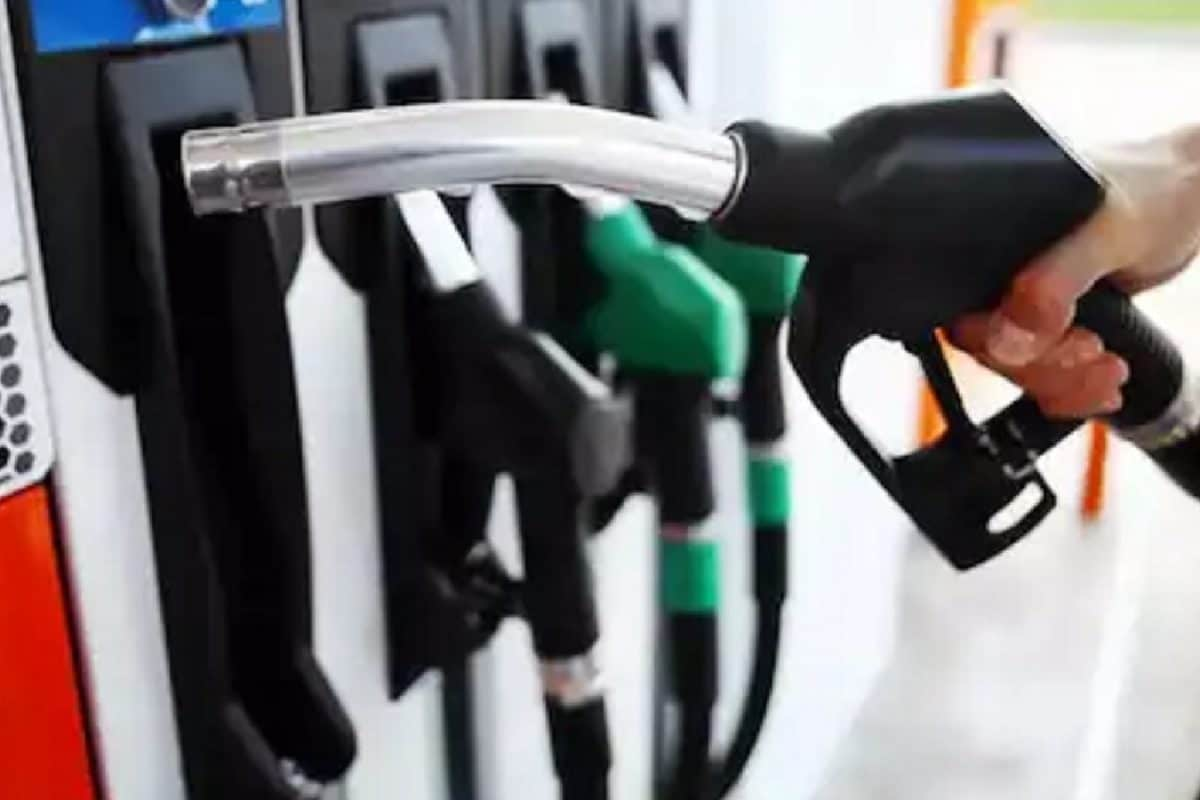

On June 10, 2025, fuel prices across India continue to reflect a mix of stability and regional variations. The last major revision in prices occurred in March 2024, when rates were reduced by ₹2 per liter. Since then, both global crude oil prices and the rupee-dollar exchange rate have played critical roles in shaping daily price adjustments.
Current Petrol Prices in Major Cities:
These prices reflect the dynamic fuel pricing methodology, which considers international crude prices, the rupee-dollar exchange rate, and overall market demand. While prices have remained largely steady since May 2022, daily fluctuations are still influenced by these factors, with revisions typically taking effect at 6 a.m. daily.
Regional Price Variations:
Petrol prices vary significantly across states due to differences in tax regulations, transportation costs, and political factors. For example, Andhra Pradesh recorded the highest petrol price at ₹109.36 per liter, while Dadra and Nagar Haveli had the lowest at ₹92.51 per liter. These differences highlight the impact of state-level taxes and transportation expenses on the final price consumers pay.
Diesel Prices:
Diesel prices also reflect relative stability. In Delhi, diesel is priced at ₹87.67 per liter, while in Mumbai, it costs ₹90.03 per liter. Chennai sells diesel at ₹92.39 per liter, and Kolkata prices it at ₹92.02 per liter. These prices, like petrol, are subject to daily review by oil marketing companies.
Factors Influencing Fuel Prices:
Several factors affect the prices of petrol and diesel in India. These include:
Global Market Trends:
Global crude oil prices play a crucial role in determining India's fuel prices. Brent crude, a global benchmark, was trading at $67.16 a barrel, a slight increase attributed to ongoing trade talks between the U.S. and China.
Impact of Fuel Prices:
Fuel prices directly affect transportation costs, which can exert upward pressure on commodity prices. Rising diesel prices, in particular, impact the cost of transporting goods, potentially leading to broader inflationary pressures. The Reserve Bank of India (RBI) may respond by adjusting interest rates to manage these inflationary pressures.
Transparency and Dynamic Pricing:
The dynamic fuel pricing system, introduced in June 2017, aims to enhance transparency and reduce speculative practices. This system allows oil marketing companies to revise prices daily based on market conditions. Consumers can stay informed about these price changes through SMS services and mobile apps provided by the oil companies.